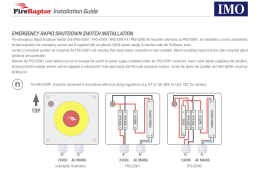I don't know a ton about the micro inverter options, but let's say that I took the EG4 inverters out of the mix and went with micro inverters on the roof, would those just feed my 'off grid' panel? How would I integrate the battery bank? Or would the micro inverters feed the AC input for the EG4 inverters?
I assume the bigger name brands like Enphase have some sort of device that does, but I haven't researched it much at all. I just know some of those options are obscenely expensive, but I don't exactly know why. Better UL listed parts perhaps and better automation?
My neighbors a couple of streets over are using the same REC400A panels that I have (granted they also have 20 more than I do at the moment) with Micro inverters, but no energy storage and they paid $80K. I think right now I'm up to $21K with the 6 batteries, two inverters, snap n rack racking, the sub panels, all wiring, conduit, wireways, jboxes, fuses, breakers, and a couple of tools that I didn't have. If I had the same number of panels as them, my cost would be closer to $32K with the additional racking, wiring, conduit, second roof entry, and additional Tigos - I just can't see how / why it cost them that extra 48K, even with install labor, additional racking and micro inverters, and permitting, and still having no ESS.




